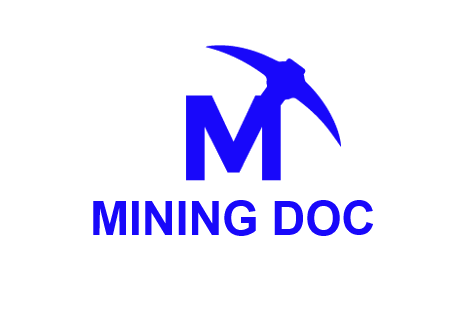Introduction
Technological progress is an important criterion for global economic development. Innovative technologies used by companies often determine their profitability and efficiency but are also an important element of an innovative and attractive workplace. Today, the most advanced technologies are based on the automation and robotisation of processes using drones, inspection robots, exoskeletons or virtual reality (VR). This last technology is a particular area of research for many scientists around the world. In recent years, there have been significant technological advances that have given engineers access to different tools for modelling and visualising different parts of our reality (Strzałkowski, P. et al., 2024).
Why simulators are they used in mining?
The mining industry has been using virtual reality (VR) technology more and more in recent years. Making more educated decisions is possible when past experiences and events are thoroughly considered, which is made possible by visualisation. In the mining industry, most of the VR content necessitates exact control over machine responses or operations. A great tool for instruction, training, recreating dangerous and unusual circumstances in mines, and addressing challenging problems is virtual reality (VR) simulation.
As far mining industry is concerned, simulation is currently used for data visualisation, accidents reconstruction, hazard awareness and training, risk analysis.
Advantages of simulator training in mining
In order to teach operators in a safe, regulated virtual environment swiftly and affordably, mining corporations employ simulators. Without physically being there, mining operators can acquire the necessary skills and become acquainted with the mine site.
Without endangering people or property, simulators may accurately replicate hazardous situations and meteorological phenomena like engine fires or braking problems. The increased awareness of safety protocols and surroundings among mining operators has led to a decrease in the number of accidents and injuries.
Simulator training increases production because it allows the heavy machinery that would otherwise be needed for the training to stay in operation at the site. Additionally, there is less wear and tear on the machinery, which lowers operating and maintenance expenses.
Conclusion
More than 80% of the world’s Advanced Equipment Simulators have been deployed to the widest variety of mining operations by Immersive Technologies. Immersive Technologies currently has the knowledge required to create the most accurate, dependable, and goal-oriented equipment simulators thanks to this experience as well as continuous input from its client base and alliance partners, Original Equipment Manufacturers. The broadest selection of compatible tools, technologies, and expert services in the market are available to complement Immersive Technologies’ Equipment Simulators. This guarantees that a solution that meets or beyond your requirements may be swiftly and very low-riskly defined, supplied, implemented, and producing operational results.
Bibliography
Strzałkowski, P.; Bęś, P.; Szóstak, M.; Napiórkowski, M. Application of Virtual Reality (VR) Technology in Mining and Civil Engineering. Sustainability 2024, 16, 2239. https://doi.org/10.3390/su16062239







